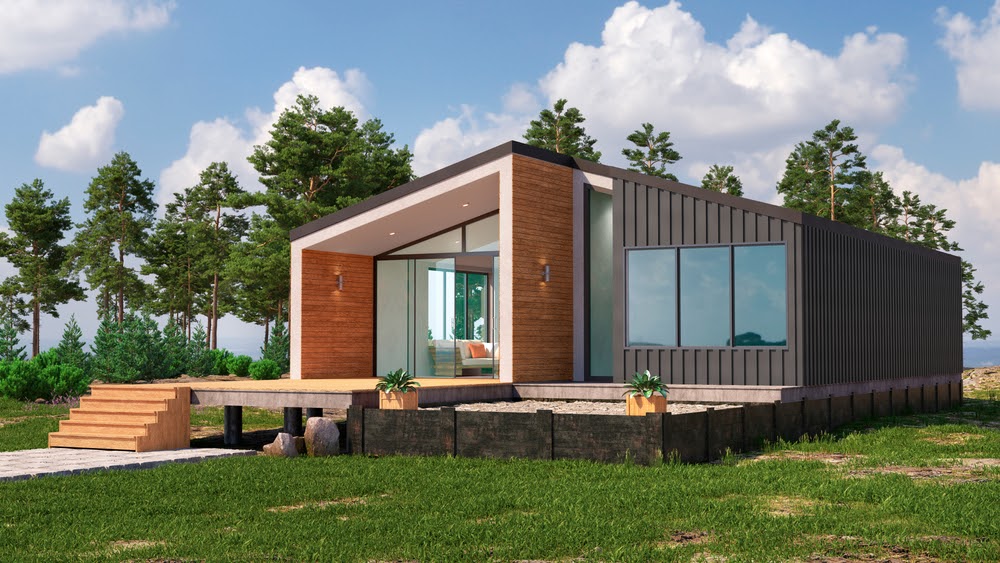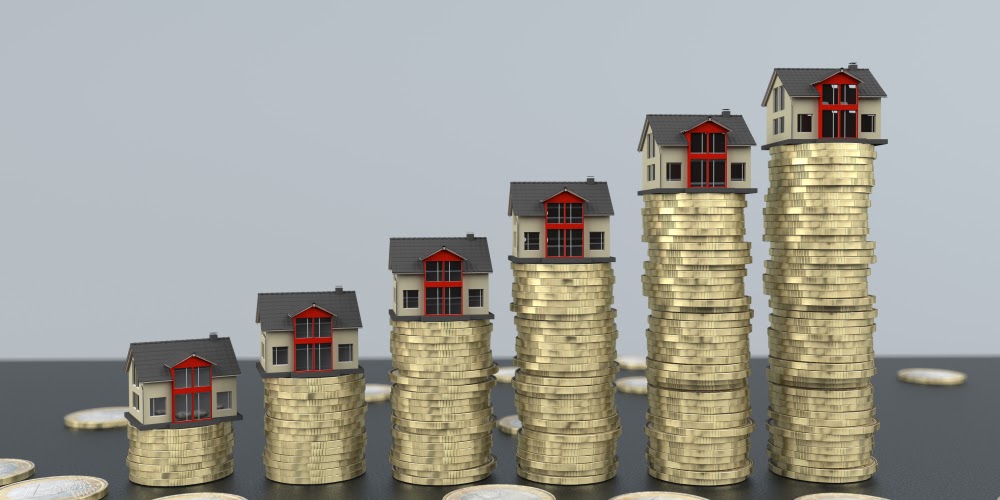Why Energy-Efficient Prefab Homes are Becoming Popular
When the residential real estate industry is booming, it can be really easy to sell a home and make a decent profit. However, for buyers, a booming market can mean bidding wars and being unable to find a home to fit the budget. When the market favors sellers, buyers may have fewer options and putting the buyer’s best price on the contract could mean landing or losing the dream home.
A bustling residential market has opened up another option for buyers: prefab homes. These were once known as mobile homes, but modern prefab homes can include luxe features, too. Energy-efficient prefab homes are less expensive than standard homes and can even save homeowners on energy costs.
Here’s what buyers need to know when exploring all their fab prefab options.

All about the Modern Prefab Home
Prefab homes are ‘prefabricated homes’ and were once colloquially known as trailer homes or mobile homes. These home choices have not always been the top option for buyers, but as the residential market has heated up across the country, many buyers are looking at other options that fit within their budget.
When homes are flying off the market fast and buyers are placing their top prices for homes, some buyers might feel priced out of the market. Multiple buyers might put in a contract for a single home, leading to a bidding war. The home’s sale price might merely be a jumping off point for higher and higher offers.
Some buyers don’t have the wiggle room to do battle in a competitive bidding war. Other buyers simply don’t want the frustration. Then there are buyers who might have lost many homes to higher buyers.
Buyers have realized, though, that there are other options than standard homes or even apartments. For those who want to buy a new home, prefab homes could be a more affordable option both in terms of upfront costs and monthly energy costs, too.
The modern prefab homes are being constructed by many major companies and offered in a variety of spacious floor plans. These homes aren’t built from the ground up on a lot, but they are constructed in a factory and assembled later (on the site). Some include massive soaking tubs and other high-end features. Buyers can even find prefab homes that are more than 2,000 square feet.
There are multiple types of prefab homes, according to Curbed. Most know the manufactured type—these are colloquially known as mobile homes. Manufactured homes are put together in one location and then delivered fully assembled; as Curbed explains, these are the types of homes that are transferred via trailers. Modular homes are put together in modules; there are even panelized homes or kits to make homes.
The world of prefab homes offers many choices, and today’s buyers might look to companies like Champion Homes and other builders of modular homes for budget-friendly options.

How Much Does a Prefab Home Cost?
Buyers who are considering a prefab home might wonder how much these homes might cost. The price will vary. Again, there are different types of prefab homes.
While prices might vary by the type, the price also could vary from region to region. A home in California, for example, might be much more expensive than a prefab home in the Midwest.
HomeAdvisor notes that the price to build a modular home could range from $180,000 to $360,000.
Energy-Efficient Prefab Home
Home buyers also might want an energy-efficient prefab home. However, modular homes might be energy-efficient from their factory beginnings.
In general, prefab homes might be more energy efficient just in the way that they are constructed. Again, these homes are pieced together on site, but the pieces are made in a factory. In contrast, standard homes are built from the ground up or piece by piece. The standard construction method results in more waste.
In addition, Pebble explains that self-sufficient modular homes often have solar panels. These homes can be incredibly energy efficient, as they also often feature energy-efficient lighting, too. Homeowners also could elect to add better insulation to increase energy savings.
Homeowners also could opt for energy-efficient appliances, too, as they might in standard homes. In addition, touch-free faucets or other energy-saving options could add even more savings.
Fabulously Prefab
While a prefabricated home or ‘prefab home’ isn’t for every buyer, when the market is crunched for inventory, some buyers might gravitate toward prefab options. Today’s modular homes are being designed with upgraded features and models also can be found with extensive square footage.
In addition, these homes might offer more energy savings, and could, in turn, save homeowners even more money!


